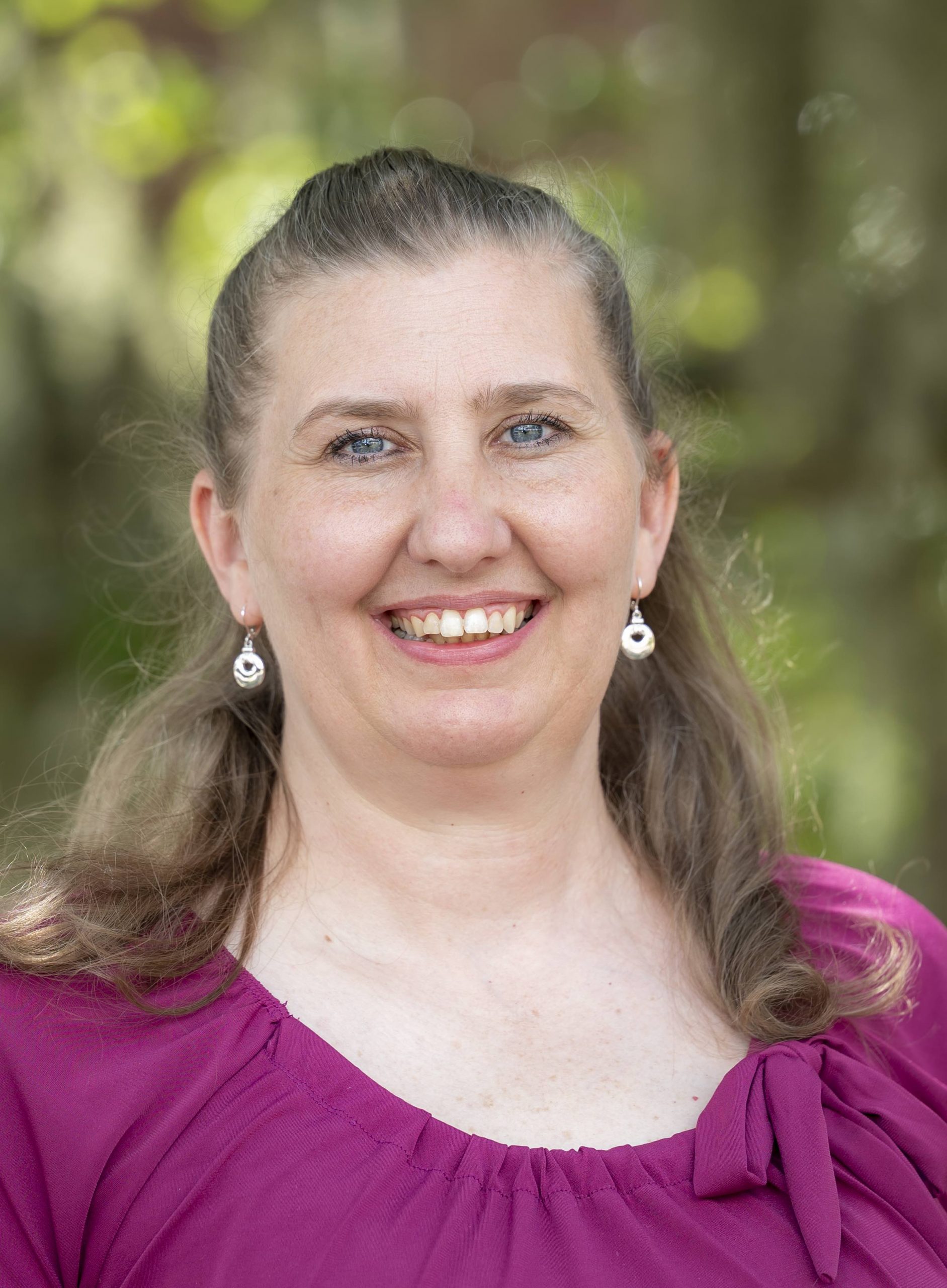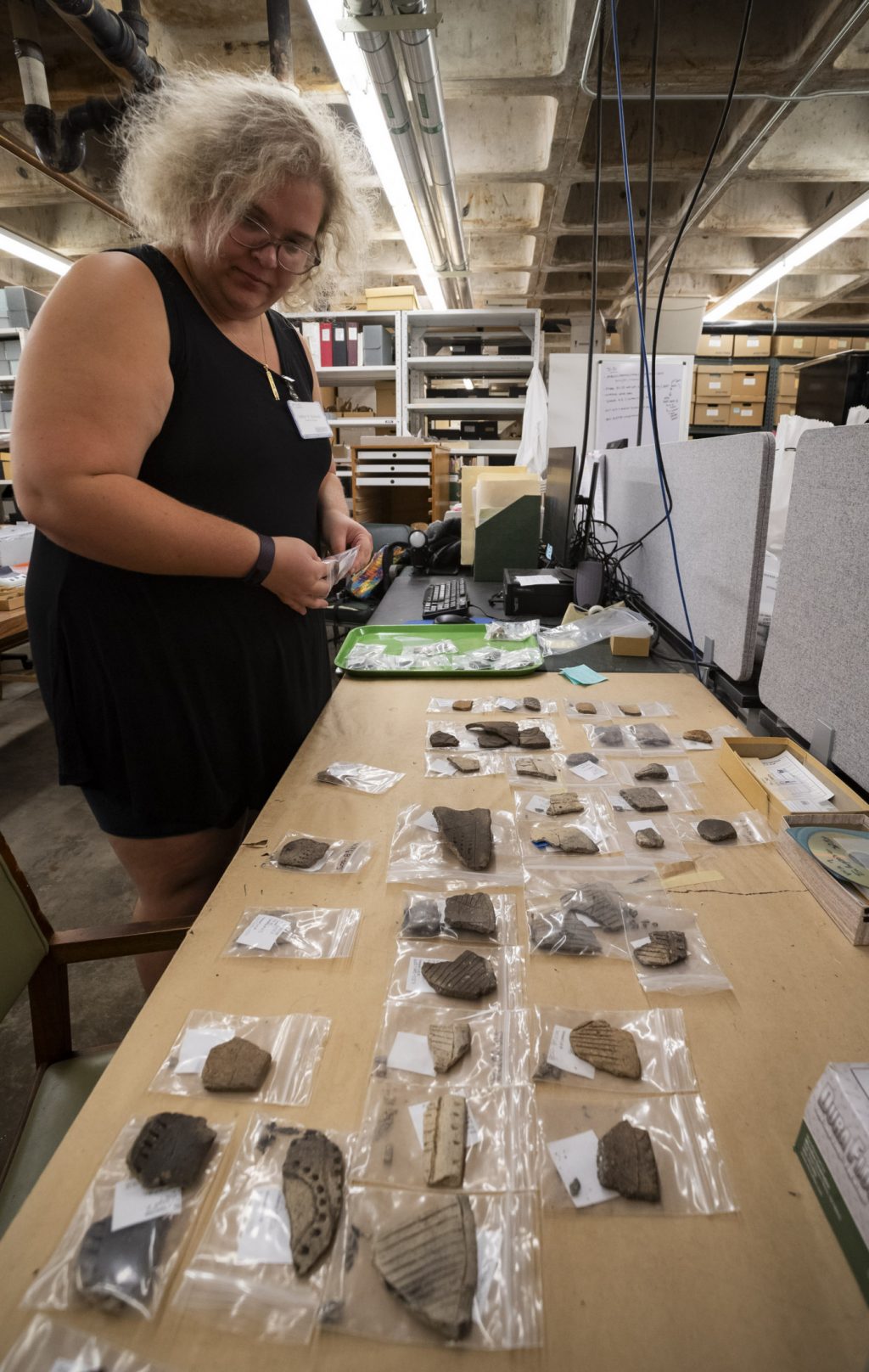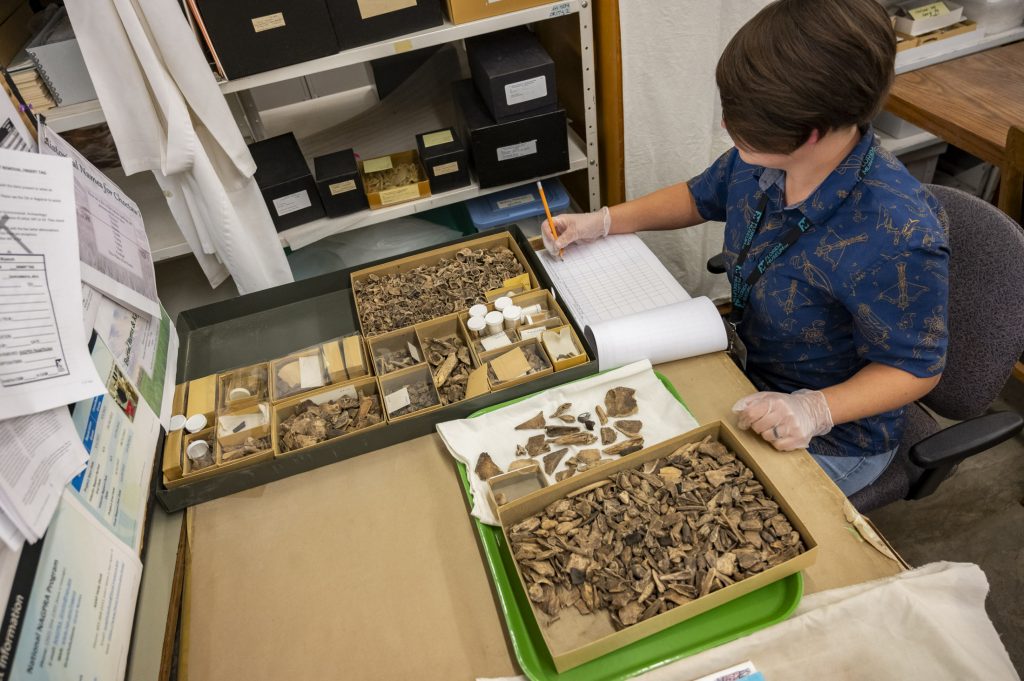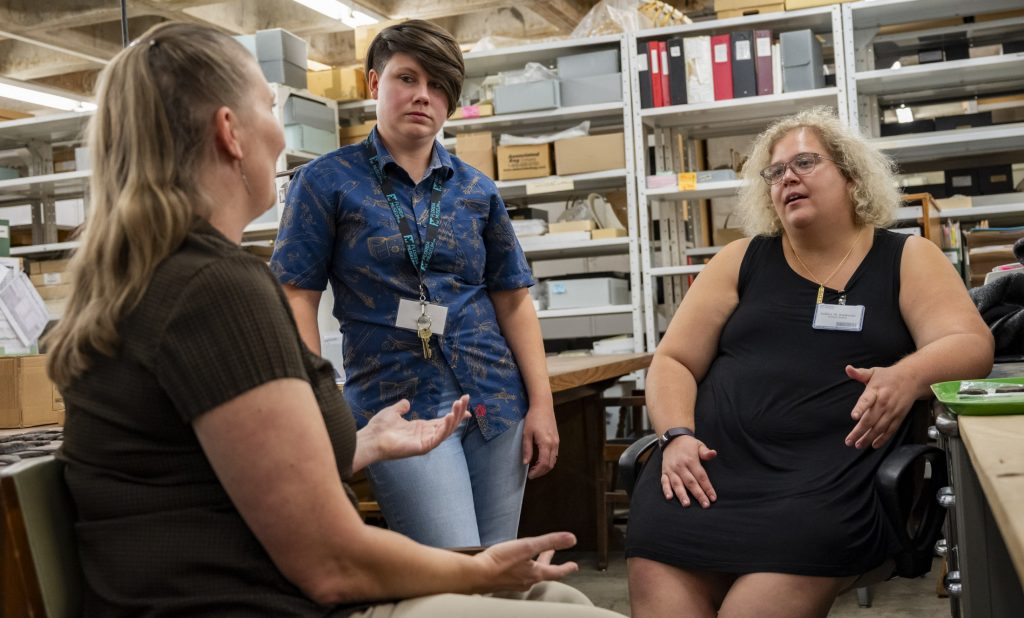The Florida Museum of Natural History has received a consultation/documentation grant for $99,897 from the National Park Service this month. The grant was one of several given to 16 tribal nations and 28 museums to support repatriation efforts. The Park Service distributed a total of $3.4 million through the grants this year, making it the largest allocation since funding was first issued in 1994.
The program was established to help implement the Native American Graves Protection and Repatriation Act, called NAGPRA, which requires all federally funded agencies and museums to return human remains, sacred and funerary material and items that bear national significance to native tribes. NAGPRA was officially enacted in 1990 and has transformed the way archaeologists who study Indigenous American history approach their work.

Florida Museum photo by Kristen Grace
“NAGPRA was designed to be an agreement between governments, to commit to tribal nations that their sovereignty would be respected,” said Catherine Smith, who joined the Florida Museum last year as its first full-time NAGPRA coordinator.
As of 2022, museums across the country have returned 1.86 million funerary items and remains, reuniting ancestors with their descendants. But the work is far from complete. More than 100,000 ancestral remains nationwide have yet to find their way back to native tribes, and roughly 764,000 funerary objects still need to be processed.
The majority of these items are culturally unaffiliated, meaning they haven’t yet been linked to a contemporary or historical tribe. These require extensive assessment and an open dialogue between archaeologists and tribal representatives before a consensus can be reached on how to return them.
The Florida Museum submitted its full inventory in 2003 and consulted with tribes on the return of affiliated ancestral remains and cultural objects. Since then, museum staff have primarily worked with tribes on finding the most appropriate way to repatriate culturally unidentifiable items.
Just as critical, staff have undertaken a thorough review of the museum’s initial inventory to ensure all funerary objects have been correctly identified. As archaeologists collaborate with native tribes and learn more about America’s Indigenous past, their understanding of what should be considered sacred or ceremonial also changes.
“Archaeologists used to have a particular idea of what funeral objects were,” which left out many of the items we now know were intimately associated with obsequies and burial rites, Smith said. “People would have funeral feasts, but the remains from those meals were initially identified as middens or refuse. People would intentionally break pottery during funeral ceremonies, which early archaeologists considered to be refuse as well.”
The inventory review is ongoing and organized by time period or geography. The Florida Museum received its first NAGPRA grant from the National Park Service in 2021 to evaluate collections from the northwest region of Florida. Work from that grant, which budgeted two years of funding and included additional institutions that curated shared collections, is now nearly complete.
The consultation/documentation grant received this year will go toward evaluating collections from three counties in northeast Florida. The funding will be used to pay for three temporary collections assistants, each with a distinct expertise in archaeology, bioarchaeology and zooarchaeology.


“We systematically go tray by tray, box by box through the entirety of a holding in every cabinet” using the new assessment standards to make sure nothing that falls under the purview of NAGPRA gets left out, Smith said.
Many of the objects are also photographed and shared with tribes prior to repatriation. This allows tribal representatives to make a preliminary determination of an object’s affinity before requesting its return. Separate funding is set aside to pay for travel to the museum if closer scrutiny is needed before a final decision is made.
Smith, who previously worked for Indiana University’s NAGPRA office, said the work is an important step toward fulfilling the museum’s responsibility to amend the practices of the past. According to Smith, the process of repatriation is beneficial to everyone, including archaeologists, who expand their view of the past by consulting and collaborating with tribal nations.
“Many nations hold the same values as their ancestors and practice the same traditions, which have been handed down through generations. It’s not good science to ignore that wealth of information. Through collaboration, there’s better insight, interpretation and understanding, and all it takes is working together in common respect.”
Sources: Catherine Smith, smithcatherine@floridamuseum.ufl.edu
Writer: Jerald Pinson, jpinson@flmnh.ufl.edu, 352-294-0452
